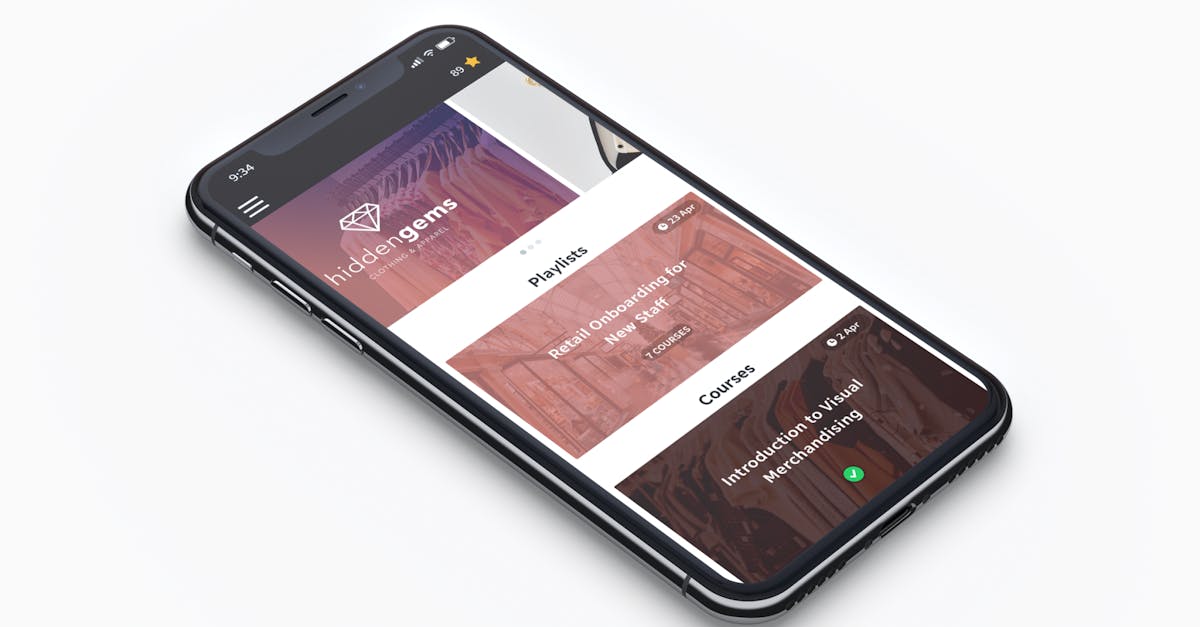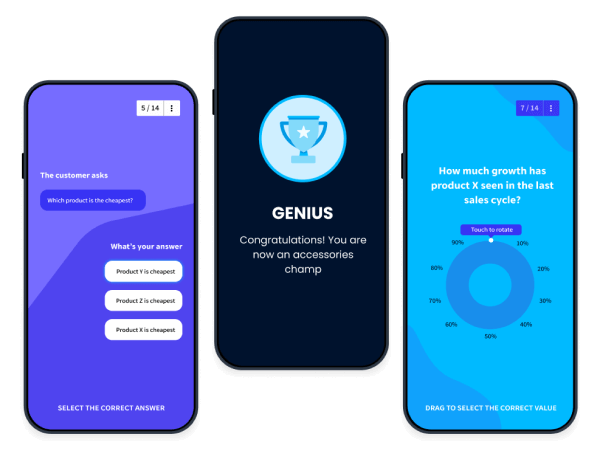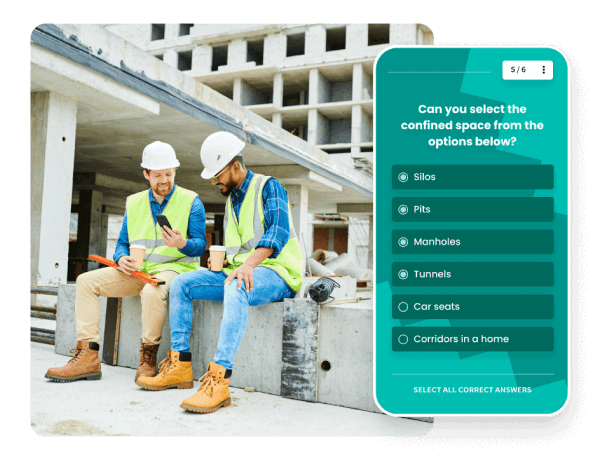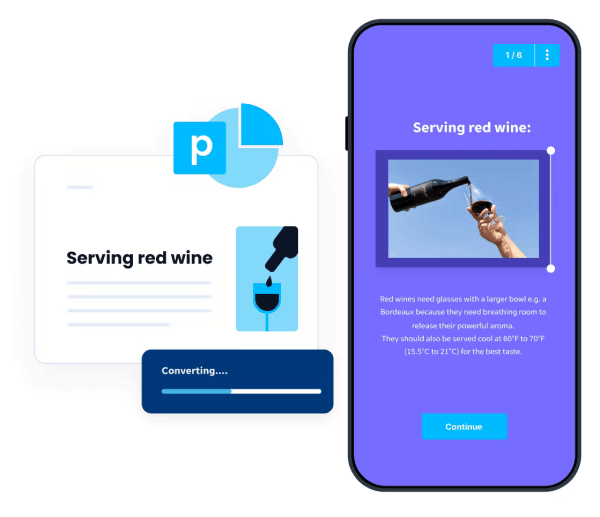Inquiry-based Learning

We all know this scene: an audition hall full of students or a conference room full of corporate workers – all incredibly bored. An instructor is standing in front of them, trying their best to command their audience’s attention. There are important things to learn, but no one is listening.
Traditional, master-student-based education has been luckily going out of date. It’s being replaced by new models, such as inquiry-based learning systems.
What is inquiry-based learning?
But what is inquiry-based learning? Simply put, it’s focused on the role of the student, who is encouraged to follow their interests in choosing the subjects they want to learn more about. What’s more, instead of learning the facts purely by reading and regurgitating the information back, modern learning platforms have advanced to create a more enriched learning process. This ensures that concepts are embedded into learners’ long-term memory through engaging features that aim to challenge learners to absorb the content and apply their knowledge in a practical sense.

Online learning can be a real changemaker for the L&D departments, corporate trainers, and managers. EdApp offers a collection of powerful educational solutions for academic, corporate, and individual use. Through smart and efficient tools, the platform supports instructional and continuous learning through mobile systems, enabling teaching and learning wherever learners are. EdApp prioritizes self-engagement with proven elements and learning strategies, like active learning and microlearning, and enables higher participation and retention rates and gamification, which boosts learning outcomes and results through fun and interactive elements like gamification and quizzes to make fun and effective learning experiences.

Inquiry-based learning emphasizes the role of students who are encouraged to ask questions, discuss, share and make experiments. Hence the name – this model of education is founded on asking questions and actively finding answers. In higher education, inquiry-based learning techniques can become the core methodology of research projects, as this approach is very much problem-solving-oriented. The role of the teacher also changes: his role is to encourage the students to follow new leads and explore them, rather than execute the rigidly imposed curricula. Thanks to these features, inquiry-based learning becomes one of the key solutions for knowledge dissemination in corporate environments through elearning.
Start Using EdApp today for your Inquiry Based Learning Model
No credit card required.
Benefits of inquiry-based learning
As research shows, the are many advantages of switching to the inquiry-based learning model. Certainly, it’s easier for the teachers, coaches, and trainers who no longer have to bear the weight of leading a training single-handedly. Inquiry-based learning methods assume, that everyone involved is equally capable of shaping the lesson experience – effectively participants of IBL courses show more engagement than during regular courses, as they are freer and more independent in pursuing pedagogical knowledge and learning new facts. The coach remains a guide, who, with carefully crafted strategies, stirs excitement and pushes participants on their path to discovery. After all, we’re all pretty good at learning already – why not take advantage of it?

Inquiry-based activities and learning programs are crafted in such a way as to trigger people’s curiosity. It may be a piece of information one has heard of a million times over. But if presented correctly, it becomes a missing piece in the puzzle you’ve been looking for all along. Whoa, right? The challenge lies in inducing such “Whoa” reaction in an audition hall or a conference room continuously. If implemented successfully, inquiry-based learning activities improve learning satisfaction and generate even more curiosity. It’s a self-propelling process that, if tended to correctly, will keep pulling students, trainees, and corporate workers throughout their educational journeys.
The strategic approach of inquiry-based education can deepen the learners’ understanding of the topic. The trainee is encouraged to follow his curiosity and make connections between various themes, notions, and subjects, rather than repeat dry formulas. Such a learning approach assists in the fortification of a deep and contextualized understanding of facts. That in turn might prove fruitful in coming up with new solutions to long-existing problems. And since inquiry-based learning always comes with a reflection part at the end, trainees can exchange thoughts on best learning practices and count on their colleagues’ feedback.
Inquiry-based learning examples and lesson plans
One of the greatest benefits of inquiry-based education is triggering curiosity – the strongest driving force in the learning process. As little and as much as needed to combat even the most complex and difficult tasks, research shows. Triggering curiosity is not a small feat and such teaching strategies require time to perfect. They cannot be too enthusiastic and too intense. Constant hyperactivity of the mind may cause what too much activity does to an engine – overheating and a sudden drop in capacity. But with learning solutions offered by EdApp that can never happen – here knowledge is portioned into digestible chunks and wrapped in a smart repetition method to easily achieve learning goals and creating inquiry based learning examples.

Usually, the IBL lesson model consists of four steps, as suggested by UNESCO. These are: setting a challenge for students, encouraging active student investigations, making generalizations, and reflection. Let’s follow them one by one with a simple exemplary topic – photosynthesis. Students are being asked: where do plants get the energy for growth from? Next, they are presented with learning materials: charts, videos, pictures, and short texts, and encouraged to work in groups to find the answer to the question. When the groups are ready to present their outcomes, they describe the process of research and conceptualization which led to their conclusions. Next, the groups give and receive feedback from one another.
The IBL learning model ties into a concept of blended learning or even a flipped classroom journey, easily facilitated through the use of online learning platforms, such as EdApp. How? It connects social learning, peer feedback, repetition, and on-demand access, which contribute to a successful learning outcome. With authoring tools offered by EdApp planning and executing IBL lessons could never be easier: with millions of free graphics and immersive templates centered on your learning objectives, you can create a step-by-step learning plan in a matter of minutes. Choose a template, apply your branding and upload PowerPoint slides. EdApp will take care of the rest.

Inquiry-based learning offers a small revolution to traditional teaching methods. Teachers can step down from their pedestals and join students in their pursuit of knowledge. It improves interaction and cooperation skills among students, as well as solution-oriented thinking. To prove their points, they have to gain confidence and fluency in argumentation and description of the thinking processes involved in finding the answer. Finally, the inevitable criticism of one’s work loses its sharpness and becomes an inspiration for more in-depth engagement with the topic.
Sign up to EdApp for free today!
Author
Guest Author Marta Rudnicka
Marta Rudnicka is a creative content writer with vast experience in writing, editing, translation, and data analysis. Aside from writing, their interests are centered on mental health, human rights, travel, and environmental concerns.
